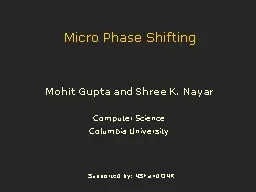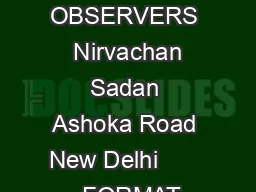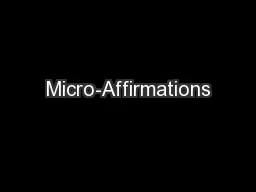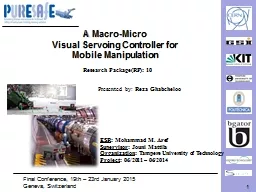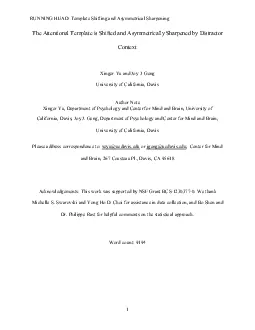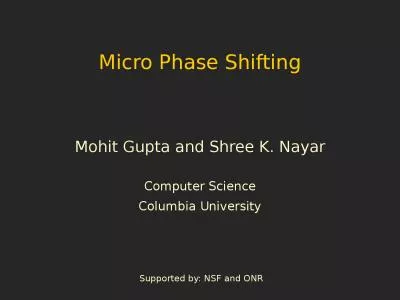PPT-Micro Phase Shifting
Author : calandra-battersby | Published Date : 2016-07-12
Mohit Gupta and Shree K Nayar Computer Science Columbia University Supported by NSF and ONR Structured Light 3D Scanning Defect Inspection Wafer defect Gaming
Presentation Embed Code
Download Presentation
Download Presentation The PPT/PDF document "Micro Phase Shifting" is the property of its rightful owner. Permission is granted to download and print the materials on this website for personal, non-commercial use only, and to display it on your personal computer provided you do not modify the materials and that you retain all copyright notices contained in the materials. By downloading content from our website, you accept the terms of this agreement.
Micro Phase Shifting: Transcript
Download Rules Of Document
"Micro Phase Shifting"The content belongs to its owner. You may download and print it for personal use, without modification, and keep all copyright notices. By downloading, you agree to these terms.
Related Documents

